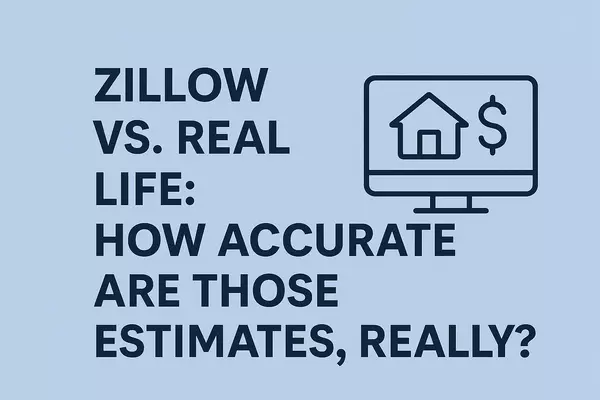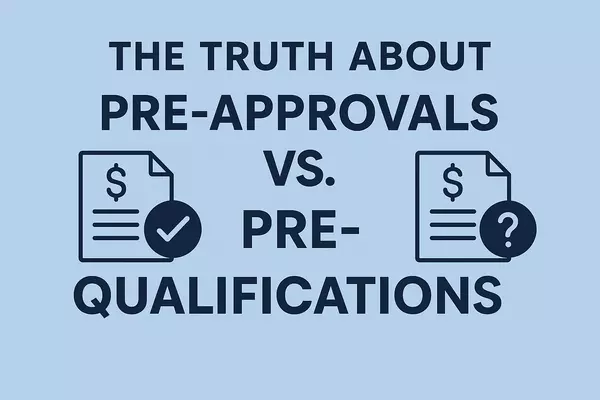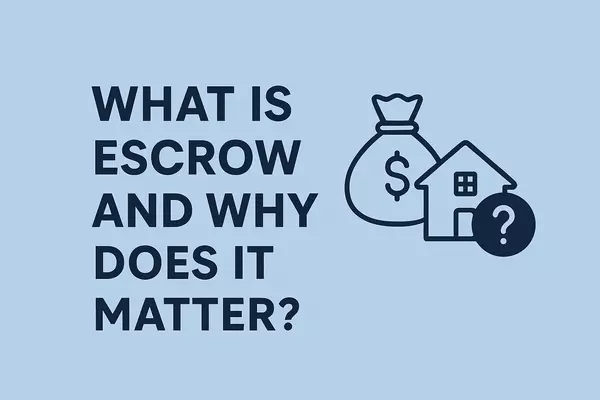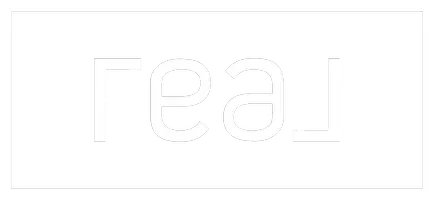Mortgage Math
You’ve heard of Girl Math—let’s talk about Mortgage Math, where 1% = 10%! This catchy phrase might sound like a gimmick, but it holds some serious weight when it comes to understanding the impact of mortgage rates on your buying power as a homebuyer.
When you're in the market for a new home, one of the most critical factors to consider is how much house you can afford. This isn’t just about how much money you have saved up for a down payment or what your current income is; it’s also heavily influenced by the mortgage interest rates available at the time of your purchase. Even a small change in these rates can have a significant effect on your buying power.
To put this into perspective, let's break down the concept that 1% = 10%. This means that for every 1% increase in mortgage interest rates, your buying power decreases by approximately 10%. Conversely, a 1% decrease in interest rates can increase your buying power by about 10%.
For instance, if you’re looking at homes priced around $300,000 and current mortgage rates are at 3%, your monthly payments would be roughly $1,265 (assuming a 30-year fixed-rate mortgage and excluding taxes and insurance). If the interest rate were to rise to 4%, that same monthly payment would now only allow you to afford a home priced around $270,000. That’s a $30,000 difference just from a 1% increase in interest rates!
This underscores why timing can be so crucial when purchasing a home. Buyers who lock in lower mortgage rates can afford more expensive homes or enjoy lower monthly payments for the same price range. On the flip side, rising interest rates can force buyers to lower their expectations or stretch their budgets uncomfortably thin.
Understanding Mortgage Math also involves recognizing how different loan products and terms affect your finances. Fixed-rate mortgages offer stability with consistent payments over the life of the loan, making them ideal for long-term planning. Adjustable-rate mortgages (ARMs), on the other hand, might start with lower initial rates but can fluctuate based on market conditions after an initial period. While ARMs might seem attractive due to their initial lower payments, they come with the risk of increasing payments over time.
Another aspect to consider is how your credit score affects your mortgage rate. Higher credit scores typically qualify for lower interest rates because lenders view these borrowers as less risky. This is another reason why maintaining good credit health is vital for maximizing your buying power.
Additionally, Mortgage Math isn't just about interest rates and credit scores; it's also about understanding all associated costs such as closing fees, property taxes, homeowners insurance, and potential private mortgage insurance (PMI) if your down payment is less than 20%. All these factors contribute to your overall monthly payment and should be factored into your budget calculations.
In conclusion, Mortgage Math plays an essential role in determining how much house you can afford. By understanding how even small changes in interest rates can significantly impact your buying power, you’ll be better equipped to make informed decisions during the home-buying process. Keep an eye on market trends and work closely with financial advisors or mortgage brokers who can help navigate these complexities. With careful planning and attention to detail, you’ll be well on your way to finding the perfect home within your budget.
Categories
Recent Posts










GET MORE INFORMATION


